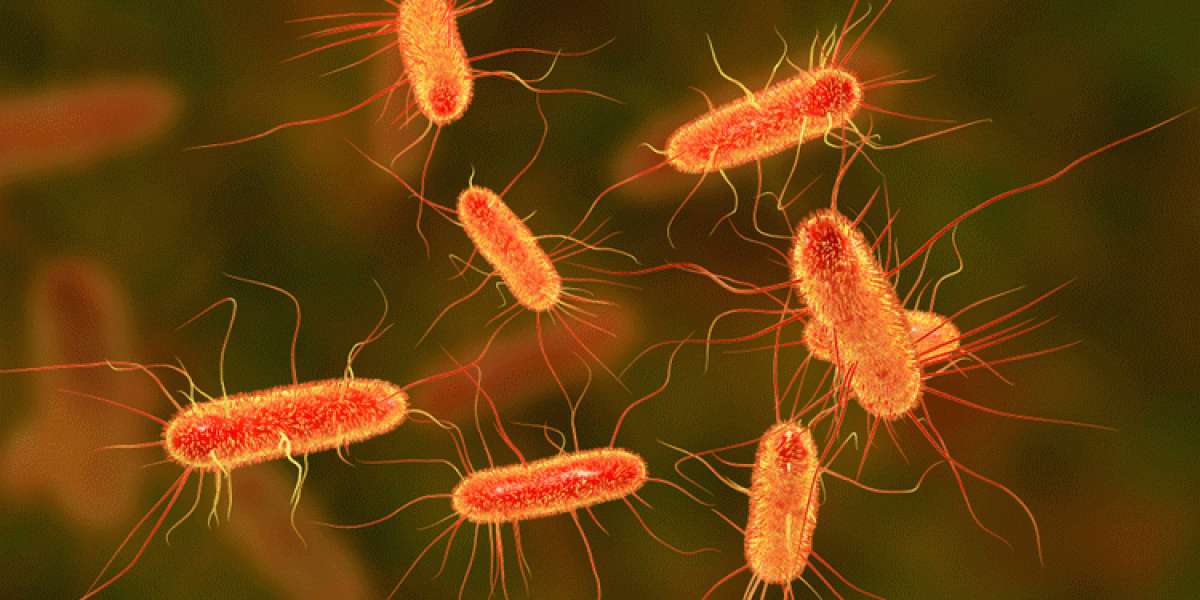In a new study, researchers from the French National Centre for Scientific Research (CNRS), the Pasteur Institute, the Vaccine Research Institute (VRI) and the University of Paris have discovered a new feature of anti-HIV-1 antibodies by applying cutting-edge microscopy techniques to in vitro virus cultures.
They found that certain antibodies known to effectively target HIV-1's envelope protein can prevent infected cells from releasing viral particles, thereby preventing the virus from spreading. These antibodies are Y-shaped, allowing them to attach themselves between infected cells and virus particles or directly between virus particles. This chain of antibodies and viral particles stops the virus from spreading. These findings suggest that these powerful antibodies exhibit distinct antiviral activities in addition to neutralization. The findings are published in the journal Nature Communications on February, 2022, with the title "Broadly neutralizing anti-HIV-1 antibodies tether viral particles at the surface of infected cells".
The HIV-1 envelope (Env) glycoprotein is a trimer of gp41/gp120 heterodimers. It is the only viral protein present at the surface of viral particles. Env mediates entry into target cells, which makes it the target of neutralizing antibodies. Broadly neutralizing antibodies (bNAbs) against the HIV-1 envelope glycoprotein (Env) are promising molecules for therapeutic or preventive intervention. These antibodies have been isolated from patients called “elite neutralizers” and inhibit the majority of HIV-1 strains. In addition to neutralization, bNAbs also exert Fc-dependent functions, including antibody-dependent cytotoxicity and complement activation.
In the study, the scientists show that a subset of bNAbs targeting the CD4 binding site and the V1/V2 or V3 loops inhibit viral release from infected cells. They combined immunofluorescence, scanning electron microscopy, transmission electron microscopy, and immunogold staining to reveal that some bNAbs form large virion aggregates on the surface of infected cells. This activity correlates with the bNAb's ability to bind to Env on the cell surface and neutralize cell-free viral particles. We further show that antibody bivalency is required for virus retention and that aggregated virions are neutralized. Therefore, the researchers have identified additional antiviral activity of bNAbs that prevent HIV-1 release by tethering viral particles to the surface of infected cells.
Olivier Schwartz, co-corresponding author of the paper, and Head of the Virus and Immunity Unit at the Pasteur Institute, concludes that this research shows only these most powerful antibodies can tether virus particles to the surface of infected cells, and the captured virus particles cannot infect new cells.
This study reveals novel antiviral activities of broadly neutralizing anti-HIV-1 antibodies. It deepens our understanding of the mechanism of action of these antibodies and explains their efficacy in clinical trials. The authors are now studying these antibodies against other viruses, including SARS-CoV-2, to see if they also inhibit viral transmission through this mechanism.
Reference
- Dufloo, Jérémy, et al. Broadly neutralizing anti-HIV-1 antibodies tether viral particles at the surface of infected cells. Nature Communications. 2022. 1-11.








